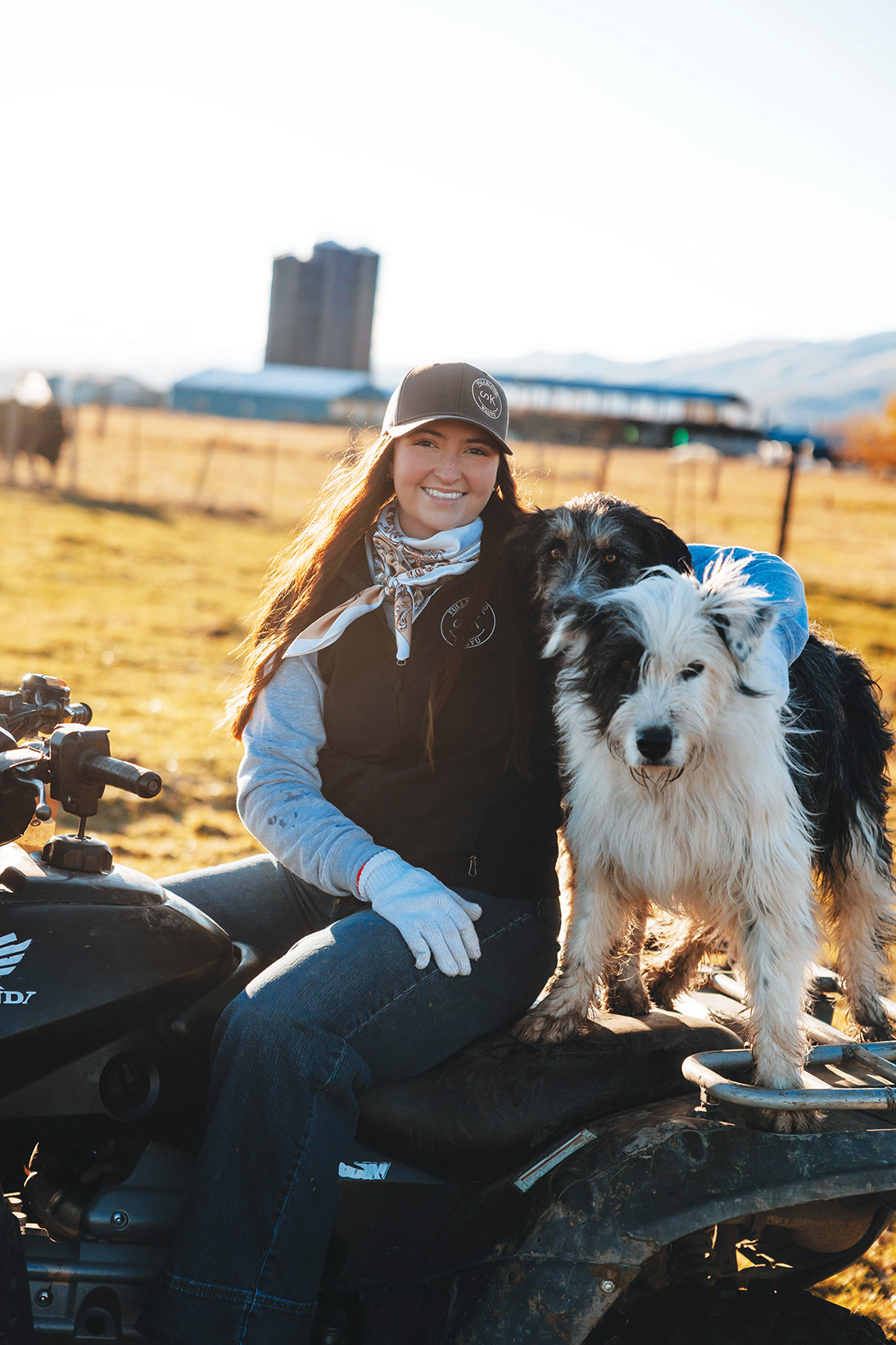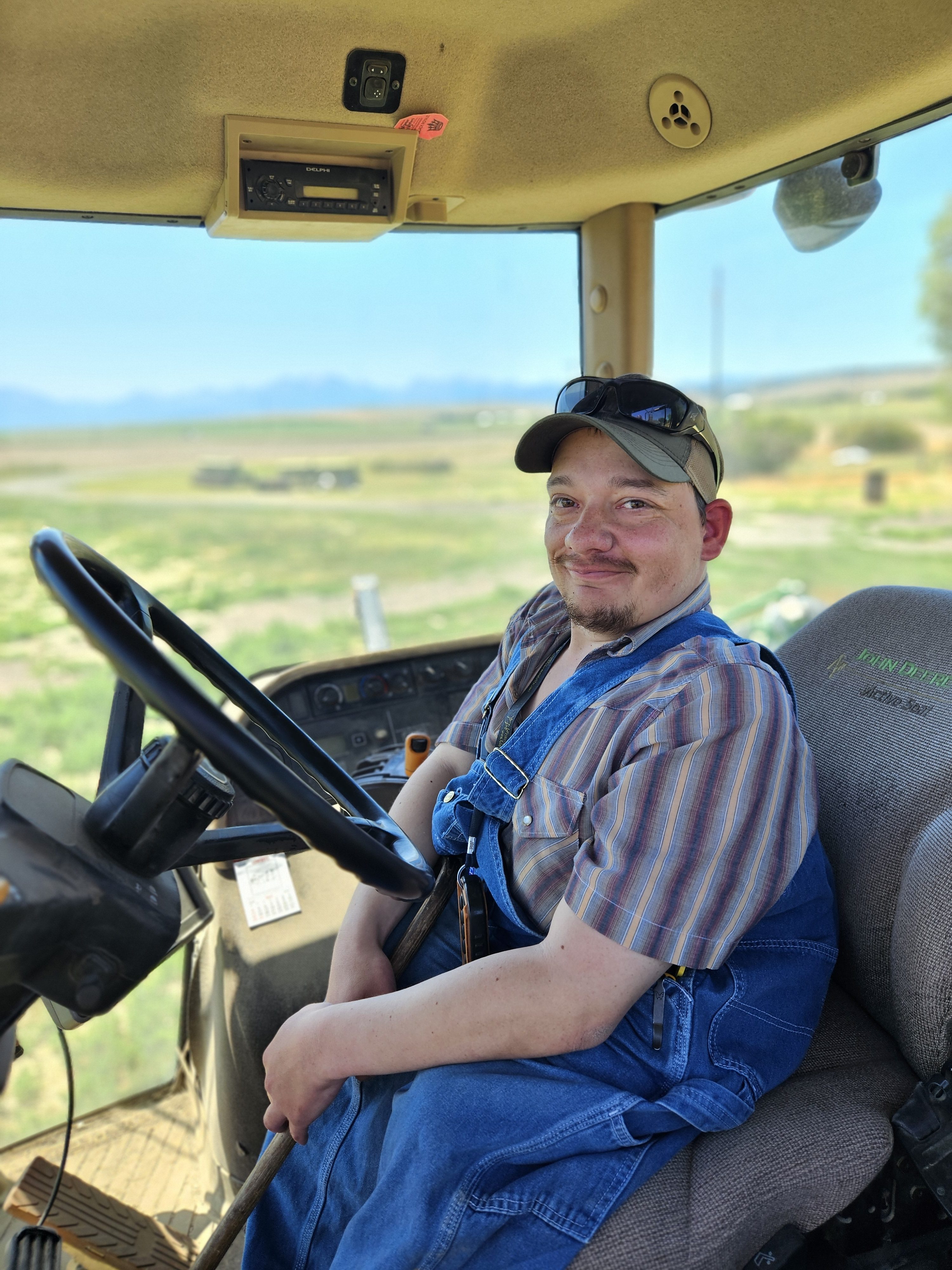Interest growing in federal-backed farm, ranch loans
Published 9:22 am Friday, March 26, 2010
By ED MERRIMAN
Trending
Baker City Herald
There’s a growing array of government-backed loan programs offered through Old West Federal Credit Union, where loans to farmers, ranchers and forest owners showed record growth in 2009.
“We are one of the largest users of farm loan guarantee funds for the state of Oregon,” said Ken Olson, president and CEO of West Federal Credit Union, which has branches in Baker City and six other Eastern Oregon cities.
Trending
Many of the guaranteed loan programs available through Old West are administered by USDA Farm Service Agency county offices, including the one in Baker City.
“Out of our total loan portfolio, about 30 to 35 percent is related to ag,” Olson said. “That is a growing part of the credit union’s business. Last year was one of our largest years ever for origination ag financing.”
Nathan Wilson, farm loan officer with the Farm Service Agency’s Baker City office, said any FDIC-insured bank is eligible to participate in government-backed farm loan programs.
Old West, Banner Bank and Commercial Bank handle the bulk of
government-backed loans available through the FSA office in Baker
County, Wilson said.
Farm Credit Services also handles government-backed loans, and a few
farmers and ranchers in some parts of Baker County have gotten FSA
loans through Intermountain Bank in Payette, Idaho, and at Zions Bank
in Weiser, Idaho.
“The area banks and credit unions have been good lending partners through the guaranteed program,” Wilson said.
He said the sluggish economy and low cattle and crop prices the past
two years triggered increased demand for government-backed farm and
ranch loan.
“With the guaranteed loans, the banks provide the loans and we provide
the guarantee – we like to call it insurance – so if there is a
failure, we cover it,” Wilson said.
Farm loans backed by FSA help young farmers get started, and help
experienced farmers get through the rough times when cash flow falls
short of what’s needed to qualify for a traditional bank loan, Wilson
said.
Olson said growth in guaranteed agricultural loans has been strongest
at Old West’s Baker City branch over the past two years, and he credits
Deryl Leggett, who brought many years of experience in agricultural
lending to Old West when he joined the credit union as a senior loan
officer.
Leggett said the beginning farmer low-interest loan program is one of the more popular types.
“For beginning farmers, there are some very attractive packages to get
beginning farmers and ranchers on the land,” Leggett said.”We are
pretty much tailor made for the ag community.”
Beginning farmer loan programs are available at interest rates on a
sliding scale as low as 3 percent, and repayment can be extended up to
40 years, he said.
“When someone comes in with a loan request, if it is tailored towards
the typical Oregon farm or ranch, chances are we can get it done,”
Leggett said.
Wilson said in working with Old West and area banks, FSA has helped a lot of farmers get started.
He noted, too, that farmers needn’t be young to qualify for beginning farmer loans.
“We categorize a beginning farmer as someone who has less than 10 years
of experience in farming or ranching, regardless of age,” he said.
While the overall goals of guaranteed loan programs are to help farmers
get started and continue farming through recessions, Wilson said banks
and credit unions providing the loans also benefit because the FSA
guarantees up to 90 percent of the loan amount, so there’s very little
risk to the lenders.
Olson said USDA loan programs are available at Old West for short- or
long- term loans for everything from seasonal or annual operating
loans, buying feeder cattle, feed, seed and chemicals, equipment and
labor costs to plant grow and harvest crops, as well as real estate
loans to buy land or build farm homes, barns and other structures.
“We partner up with Pacific Inter-mountain Mortgage to do Farmer Mac
loans for long-term real estate financing for ag operations,” Olson
said.
He expects 2010 to be another tough year for many segments of the
agricultural industry in Baker County, due to low commodity prices
coinciding with rising prices for fuel, fertilizer and other
necessities.
However, Olson said he knows farmers and ranchers in Baker County and
elsewhere in Eastern Oregon have survived hard times in the past.
“I think the industry is resilient, and we have some tough operators out there who will make it through,” Olson said.
Wilson said that in addition to guaranteed loans and the beginning
farmer program, FSA and area banks work together to provide ag
operating loans and direct loans to experienced producers who have the
successful track record, cash flow and assets to qualify.
“For a direct operating loan they need to have been an owner, manager
or operator of a farm business for at least one entire production
cycle, and it must have been accomplished in the last five years,”
Wilson said.
Direct real estate loans for agricultural producers are also available
to producers with three years experience within the last 10 years,
provided they produce sound operating plans, with good repayment
ability and collateral, Wilson said.
Agriculture is an industry where borrowers need to develop personal
relationships with lenders who understand the cyclical nature of the
business, Olson said.
“The most important thing for a farmer or rancher is to talk to
somebody local, with experience in agricultural lending,” he said.
“When a farmer’s tractor breaks down in the middle of harvest season,
with thunder clouds rolling in, he doesn’t need an 800 number to call
somebody on the East Coast. He needs to talk to somebody now who the
urgency of the situation.”
Leggett said he spends a lot of time attending meetings of ag groups
such as the Baker County Livestock Association and the Baker County
Private Woodlands Association to stay abreast of the government
regulation, tax increases, fees and other issues people involved in
agriculture are dealing with.
He also points out that the credit union is unique in that it is member
owned, and is loaning out money deposited by local members to local
borrowers, whether its for the purchase of a new sofa, car or a new
house, to a business wanting to expand or add inventory downtown, or to
farms, ranches, woodland owners or other agribusinesses, such as
equipment dealers, feed stores and hardware stores.









